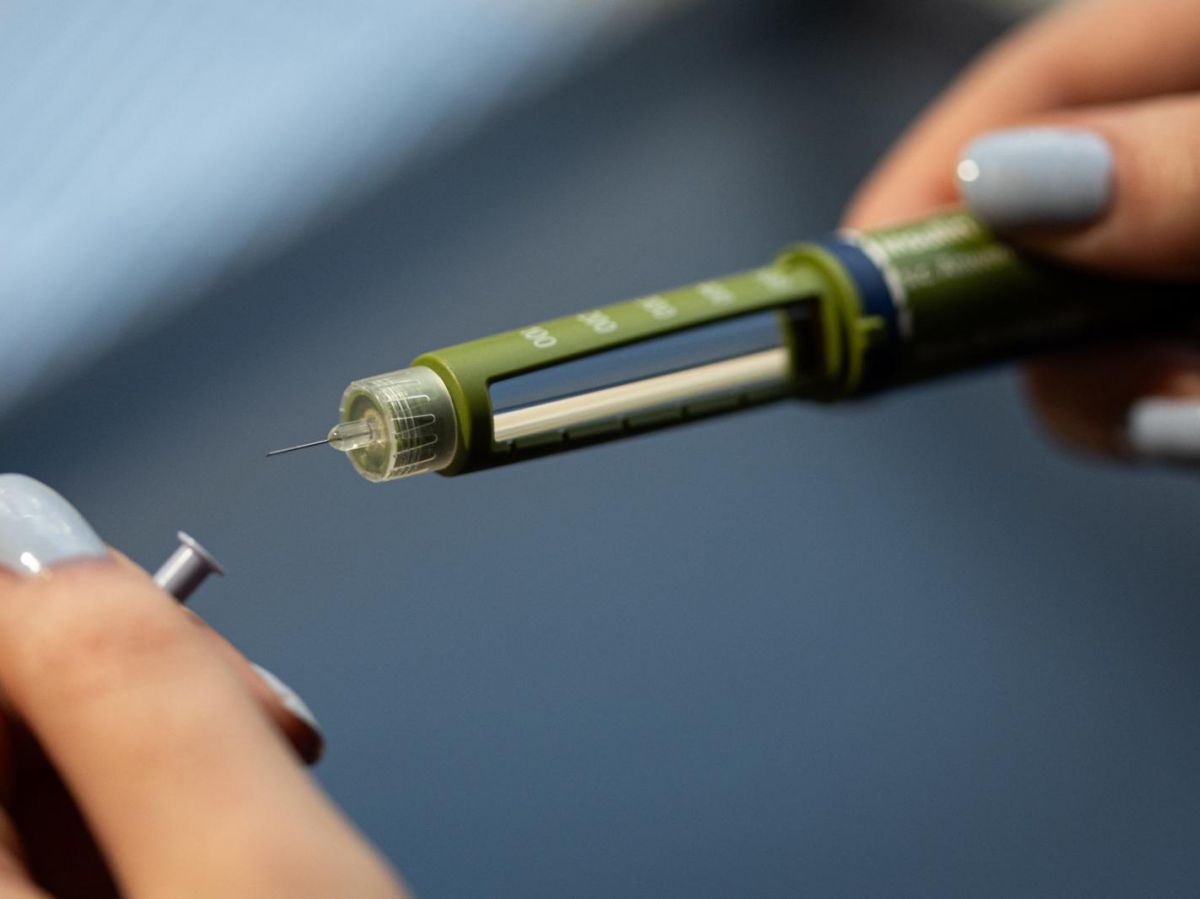Curing diabetes is possible. At least in mice. The proof is in an American study just published in the journal Science Translational Medicine.
Human cell transplantation into mice
Researchers at Mount Sinai Hospital (City of Hope Institute, Los Angeles, California) have in fact succeeded for the first time, in vivo, and through a combination of two treatments, to produce human pancreatic beta cells that produce insulin, which are essential for regulating blood sugar.
They first transplanted a small number of human beta cells into mice lacking an immune system and then administered two drugs to the rodents. One was harmine, a plant alkaloid from the harmane group found in certain plants and already identified as a potential candidate for glycemia regulation. Eand on the other hand, an agonist of GLP1 receptors, a molecule very much in vogue today and used in different indications including type 2 diabetes.
Read alsoThis virus could cause type 1 diabetes
Complete disappearance of the disease in mice
Result after three months of treatment: a total disappearance of the disease in rodents! According to these results, cell regeneration proved to be both considerable and particularly rapid since the number of grafted cells could be multiplied by 700 in only three months of treatment. This highly precise measurement of cell mass was calculated using a sophisticated laser microscopy tool used here for the first time, iDISCO+, which makes biological tissues transparent.
“ This is the first time scientists have developed a drug treatment that has been shown to increase the number of adult human beta cells. in vivo, precise in a statement Dr. Garcia-Ocana, lead author of the article. This research provides hope for the use of future regenerative therapies to potentially treat hundreds of millions of people with diabetes.".
Obviously, these particularly promising preclinical results will need to be confirmed before considering moving on to human trials.




